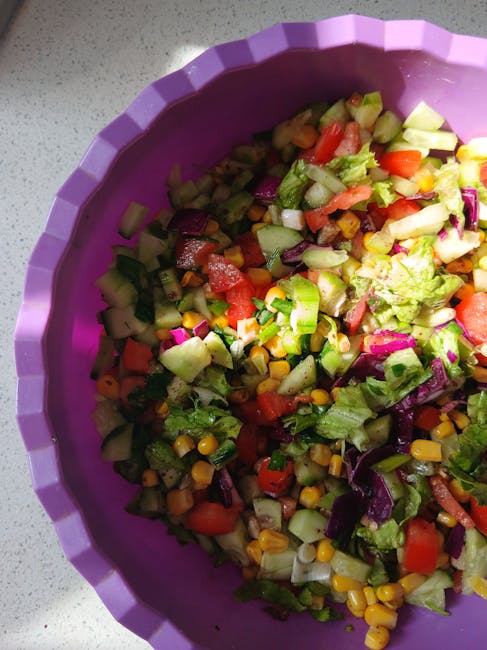Plant-Based Eating: Transitioning with Ease 🌿
Welcome to the world of plant-based eating! Whether you’re looking to make a full transition or just dip your toes into the plant-based pool, this guide is here to help you do it with ease and enjoyment. Eating more plants is not only beneficial for your health but also for the planet. Let’s dive into how you can make this transition smoothly.
Table of Contents
1. Why Plant-Based? 🌱
2. Starting With Small Changes 🌟
3. Stocking Your Kitchen 🛒
4. Delicious and Simple Recipes 🍽️
5. Navigating Social Situations 🤝
6. Conclusion: Embrace the Green Life ✨
7. FAQs: Your Questions Answered ❓
Why Plant-Based? 🌱
Switching to a plant-based diet can be a game-changer for your health, the environment, and even your wallet. Studies have shown that plant-based diets are associated with lower risks of chronic diseases such as heart disease, diabetes, and certain cancers. Plus, reducing meat consumption can significantly lower your carbon footprint.
Starting With Small Changes 🌟
You don’t have to go all-in from day one. Begin with Meatless Mondays or try swapping your usual dairy milk for almond or oat milk in your morning coffee. These small changes can make a big difference and help you gradually adjust your taste buds.
Stocking Your Kitchen 🛒
Having a plant-friendly kitchen is key. Stock up on whole grains like quinoa and brown rice, a variety of beans and lentils, nuts, seeds, and plenty of fresh and frozen fruits and vegetables. Don’t forget about herbs and spices to keep your meals exciting!
Delicious and Simple Recipes 🍽️
Cooking plant-based meals doesn’t have to be complicated. Here are a few ideas to get you started:
Chickpea Salad Sandwich: Mash chickpeas and mix with avocado, lemon juice, and your favorite spices for a filling sandwich spread.
Stir-Fried Tofu and Vegetables: Toss tofu cubes with soy sauce and your choice of veggies for a colorful, nutritious dish.
Smoothie Bowl: Blend bananas, spinach, and almond milk, and top with granola and berries for a refreshing breakfast.
Navigating Social Situations 🤝
Social gatherings can be tricky when making dietary changes. Offer to bring a plant-based dish to share or suggest restaurants with diverse menu options. Most importantly, communicate your dietary preferences with friends and family, so they understand and support your choices.
Conclusion: Embrace the Green Life ✨
Transitioning to a plant-based diet is an empowering journey that can lead to improved health, a happier planet, and a more vibrant you. Start small, be patient with yourself, and enjoy the process of discovering new foods and flavors. Your body and the Earth will thank you! 🌍
FAQs: Your Questions Answered ❓
Q: Is plant-based eating expensive?
A: It can be cost-effective! Focus on whole foods like beans, grains, and seasonal produce to keep costs down.
Q: Will I get enough protein on a plant-based diet?
A: Absolutely! Foods like lentils, chickpeas, tofu, and quinoa are excellent sources of protein.
Q: How can I ensure I get enough nutrients?
A: A varied diet rich in fruits, vegetables, whole grains, and legumes will cover most of your nutritional needs. Consider a B12 supplement, as it’s mainly found in animal products.
Q: Can I still eat out at restaurants?
A: Yes! Many restaurants now offer plant-based options, and you can always ask for modifications to make a meal vegan-friendly.
Q: How do I deal with cravings for meat?
A: Try plant-based meat alternatives or get creative with spices and marinades to mimic the flavors you love.



